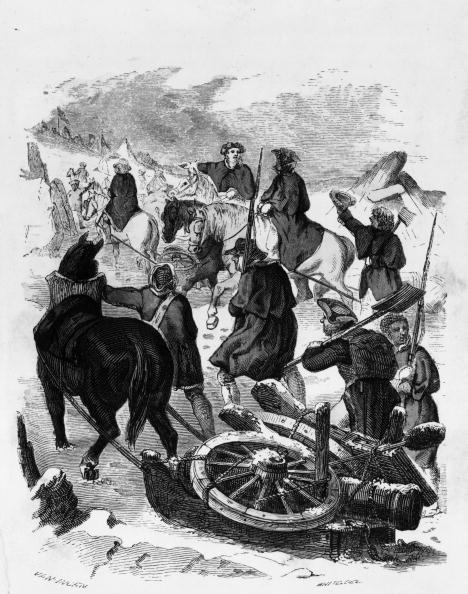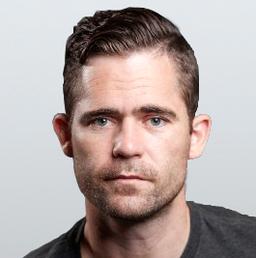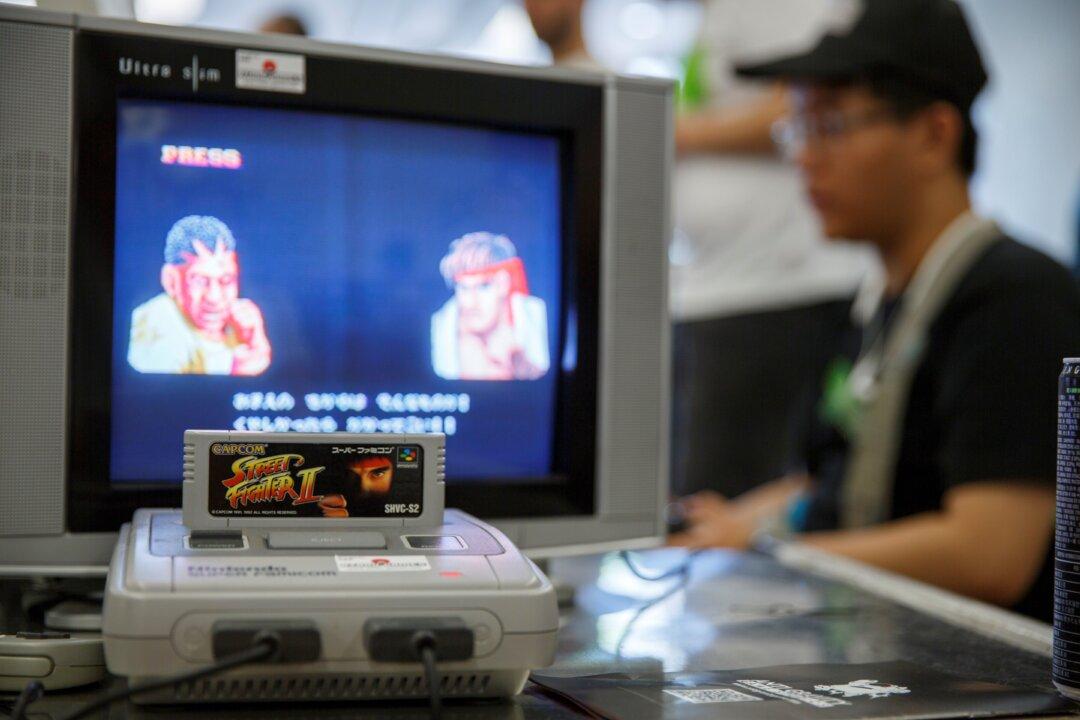A grand dinner was coordinated for Aug. 14, 1769, in Dorchester, a suburb of Boston, to commemorate the fourth anniversary of the Stamp Act Riots. The dinner, held under a massive tent near the “Liberty-Tree-Tavern” (Robinson’s Tavern), hosted 300 Sons of Liberty. The cause of liberty, as well as the sound of music and cannon shots, filled the air.
A Host of Tea Parties

Four years later in December 1773 and seven months after the British Parliament passed another act that infuriated the American colonists, the Sons of Liberty eyed a different beverage: tea. The first of the five tea parties during that December took place in Charleston, South Carolina. The most famous, though, was the Boston Tea Party on Dec. 16. The last Tea Party took place a year later on Dec. 22, 1774, in Greenwich, New Jersey.
During the course of the 17 Tea Parties, British Parliament and American colonists continued to butt heads. In retaliation of the Tea Parties, specifically the Boston Tea Party, Parliament passed the Coercive Acts (the colonists called them the Intolerable Acts) on March 31, 1774.
The First Continental Congress
The legislative acts only inflamed the revolutionary fervor. In response, a congress was convened. Twelve of the 13 colonies (sans Georgia) sent 56 delegates to Philadelphia. Among the delegates from Massachusetts was John Adams, along with his firebrand cousin, Samuel Adams.
Minutemen, Ethan Allen, and Benedict Arnold
During the late night and early morning hours of April 18 and 19, 1775, three members of the Sons of Liberty would make one of the most significant contributions to the revolutionary cause. Paul Revere, William Dawes, and Dr. Samuel Prescott rode through the night alarming local villages and towns the British were coming. The “Midnight Rides” of these three patriots enabled the militias around Boston to take up arms. On April 19 at 5 a.m. and 8 a.m., respectively, the opening battles of the Revolutionary War began at Lexington and Concord.When about 400 Minutemen faced approximately 220 British soldiers at the North Bridge in Concord, a return volley by the militia, which left three British soldiers dead and nine wounded, became known as the “shot heard round the world.” The British began a long and bloody retreat back to Boston where they endured constant and heavy fire from local militia members. The British finally arrived in Boston, protected by the guns of the Royal Navy, but 73 had been killed and many more wounded. Thus began the 11-month Siege of Boston, where thousands of militia surrounded the city.
Shortly after the battles of Lexington and Concord and the start of the siege, Ethan Allen and his Green Mountain Boys, from what is now Vermont, were commissioned by New England colonial leaders to capture Fort Ticonderoga. The fort held a strategic position between Albany and Montreal on Lake Champlain. With a garrison of only 50 British soldiers, it seemed ripe for the taking. Allen, along with his brothers Levi and Ira, and cousins Ebenezer Allen, Seth Warner, and Remember Baker, began their march to Fort Ticonderoga.
Taking the Ticonderoga and Crown Point
When Allen and Arnold finally met, the latter claimed his official orders gave him the right to lead the expedition. The Green Mountain Boys, however, were adamant they would follow orders from no one but Allen. Arnold and Allen compromised on a dual command with Arnold leading his Massachusetts and Connecticut militia members and Allen leading his men. The combined force accounted for approximately 250 soldiers—more than enough to take the fort. But on the morning of the attack, a lack of boats enabled them to only take a fraction.It was during this week in history, during the early morning hours of May 10, 1775, and with only two scow boats capable of carrying about 40 men each, that Allen and Arnold piled 83 men on the boats and sailed across Lake Champlain. Arriving about half a mile from the fort, the attacking force captured Fort Ticonderoga with only a single shot being fired by a British sentry, which missed high.

Washington and the Knox Expedition
On the same day as the capture of Fort Ticonderoga, the delegates from the colonies reassembled in Philadelphia to begin the Second Continental Congress. A month later, on June 14, Congress established the Continental Army (three days before the costly British victory at Bunker Hill). John Adams nominated George Washington to lead the force. Washington took command on July 3 after arriving in Cambridge.As the months wore on in Boston, Washington was addressed by the young, newly commissioned colonel, Henry Knox, who had been a witness to the Boston Massacre and, as a member of the Sons of Liberty, was on guard duty during the Boston Tea Party. Knox suggested using the captured artillery from Fort Ticonderoga and Crown Point against the British Army and Navy. Washington agreed and ordered Knox to lead the expedition.

Knox and his men left Cambridge on Nov. 16 and arrived at Fort Ticonderoga on Dec. 5, gathered the 58 pieces of artillery, weighing at least 120,000 pounds, and covered 300 miles across the snow-covered Berkshire Mountains back to Boston.
The Guns of Dorchester
Washington decided to utilize nighttime bombardments from the guns at Roxbury, Cobble Hill, and Lechmere Point, while soldiers, under the guidance of engineer Col. Richard Gridley, built up breastworks to eventually place upon Dorchester Heights. Three thousand soldiers worked to fortify the Heights, while thousands more prepared for an amphibious assault once the British made their move. Once completed, the prebuilt fortifications were scheduled to be maneuvered to the Heights on the night of March 4 and completed by early morning March 5—the anniversary of the Boston Massacre.The objective was completed with the use of more than 1,200 soldiers and volunteers, as well as 360 oxcarts. On the morning of March 5, a vast assortment of mortars and cannons loomed over the Boston Harbor pointing at the British Army and Navy. The commander of the British Army, Gen. William Howe, peered up at the guns and earthworks at Dorchester Heights and exclaimed, “My God, these fellows have done more work in one night than I could make my army do in three months.”
There would be no attack by the British on Dorchester Heights. The British evacuated Boston on March 17, thus ending the siege and claiming a momentous victory for the new Continental Army.








